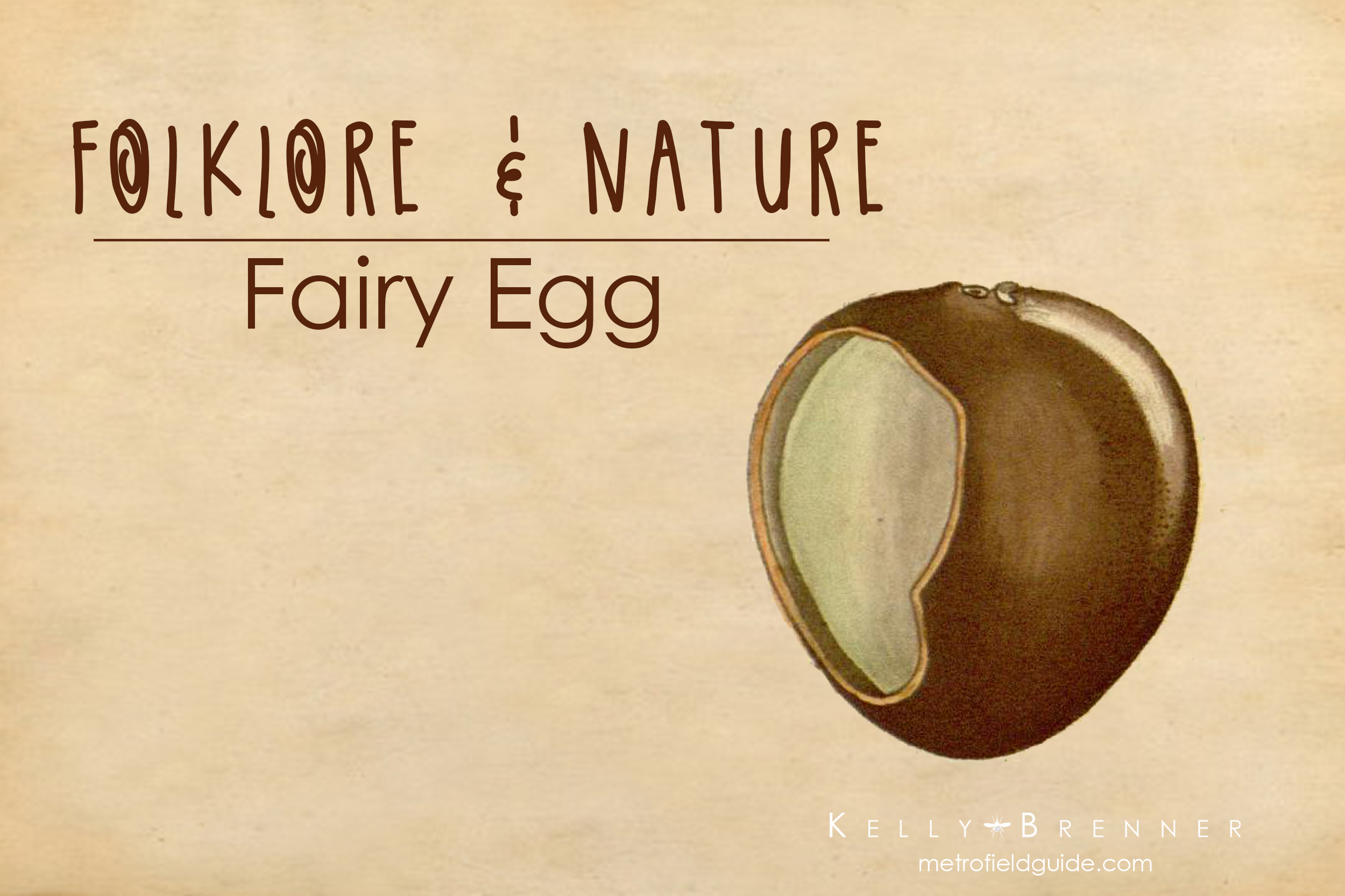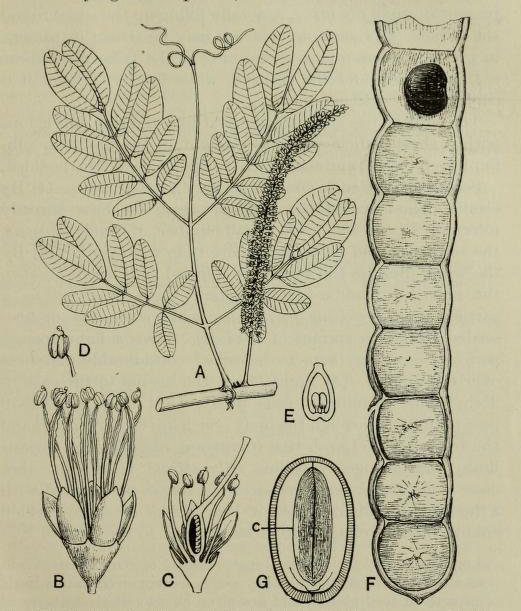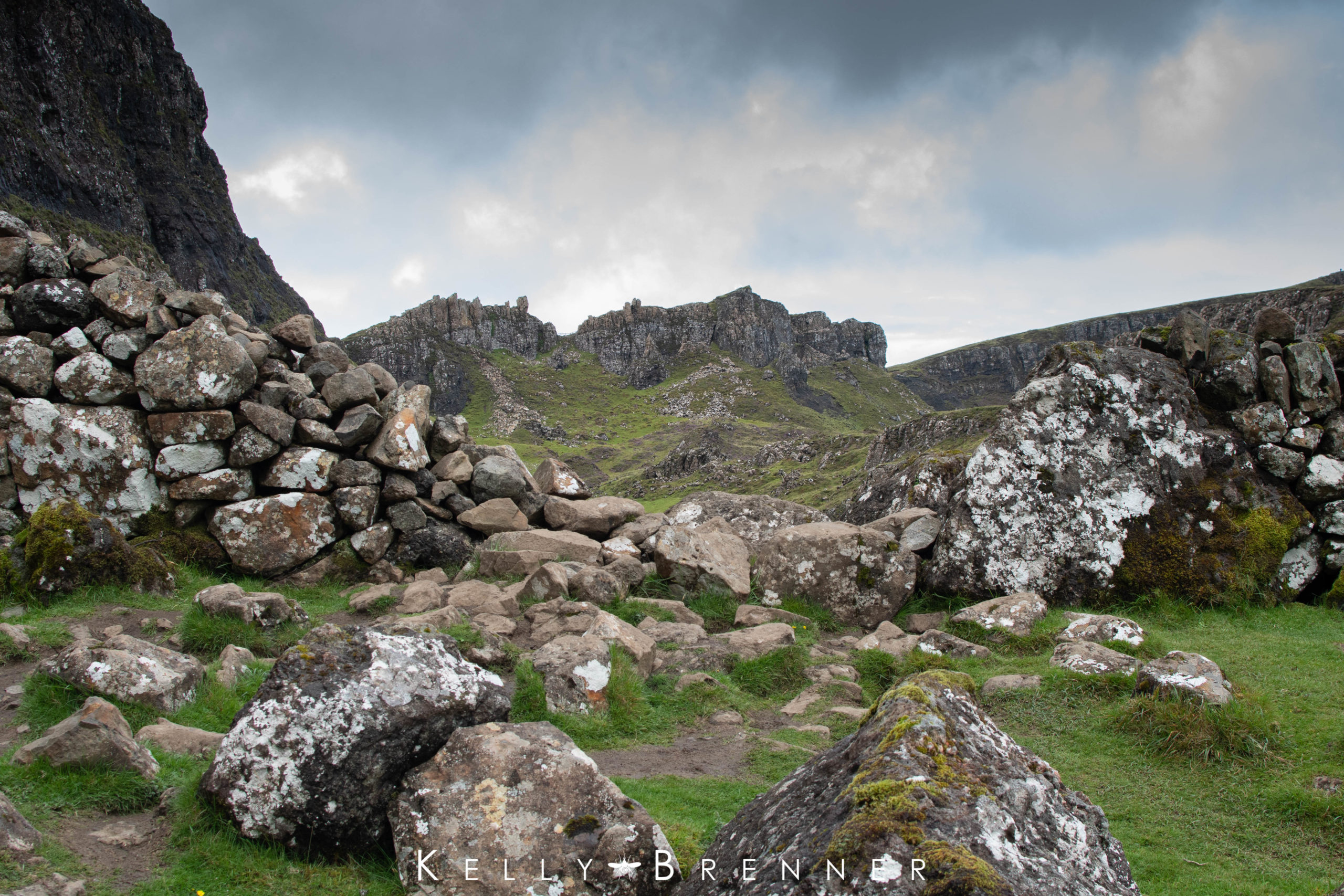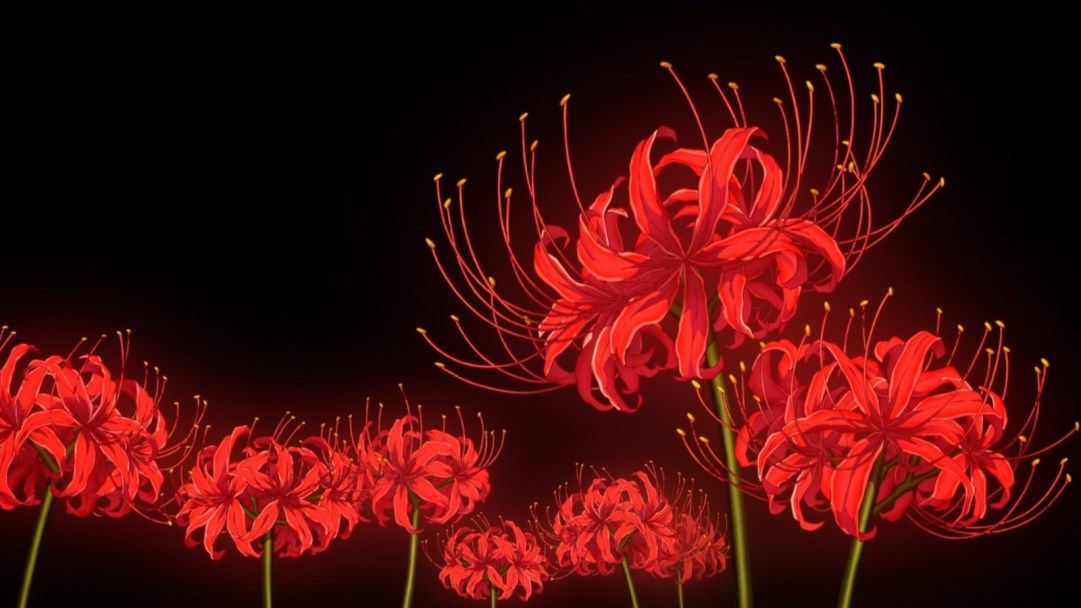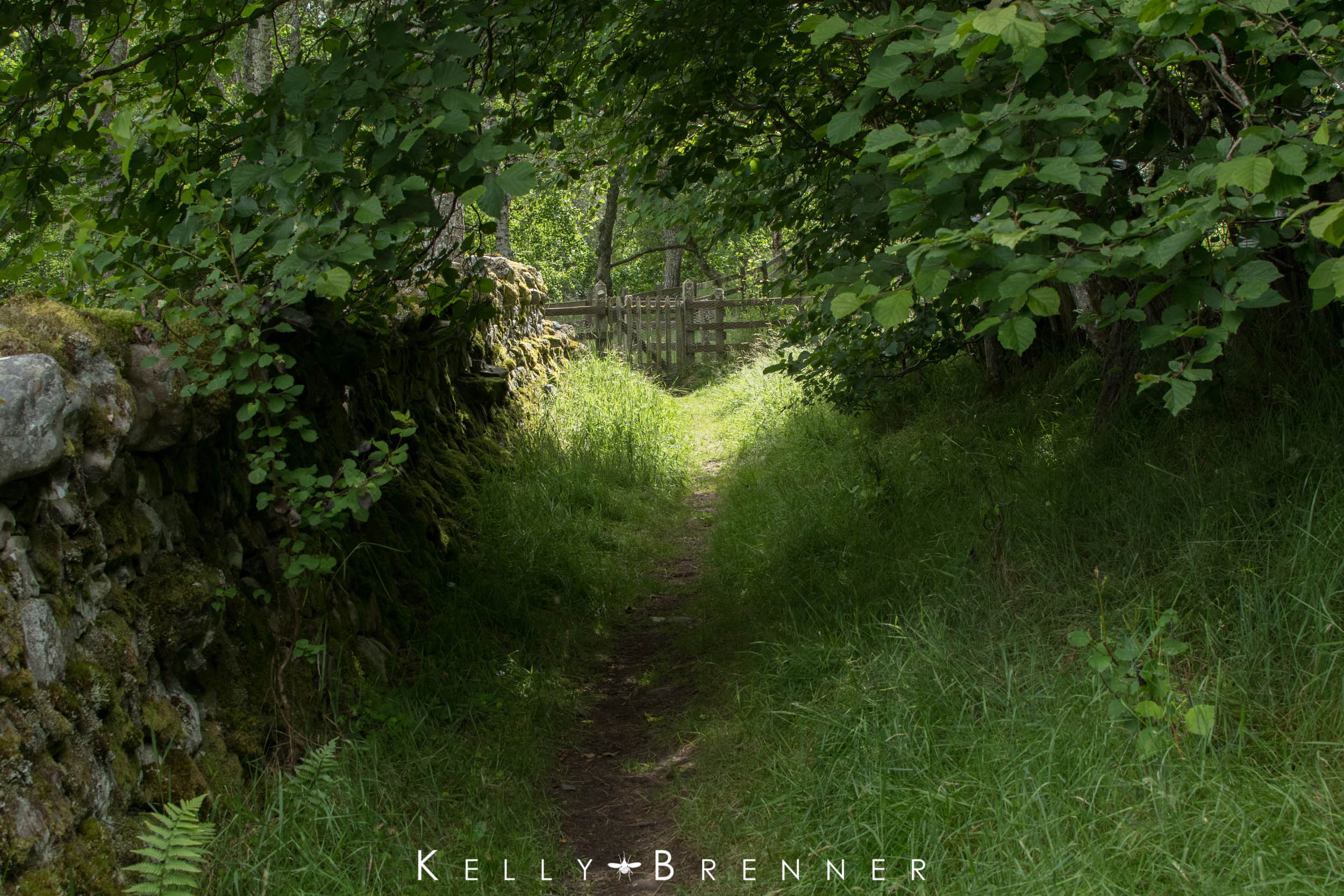The strandline is full of wonderful treasures. On the shoreline of the Hebrides the strandline might reveal skate egg cases, barnacle geese attached to driftwood, Aristotle’s lanterns or perhaps, a fairy egg. Residents of the Scottish Isles and other northern coasts, found the large, brown fairy eggs mysterious. Nearly hand sized, the buoyant eggs were hard like wood, flattened and sometimes heart-shaped. In addition to fairy eggs, they were also called strand-nuts or sea-nuts. In the Faroe Islands and Norway they were known as elf-kidneys. Their origins were a mystery. Some early naturalists believed they came from mysterious underwater plants like coral, seaweed or even a sea tree. Corals were often pulled up by fisherman so the world of underwater ‘plants’ was somewhat known, if still not fully understood. Other people believed they were the flotsam from shipwrecks or items dropped by sailors.
In Ireland, the fairy eggs were used as protection against the fairies, who had a habit of bringing all manner of misfortune upon the Irish. The sidhe (fairies) often trying to take people as they slept. According to Letters from the Irish Highlands by Henry Blake, “The unlearned natives of Cunnemarra have, however, found a fanciful use of these nuts, by laying them under the pillows of their straw bed, as a charm against the nocturnal visits of the fairies.”
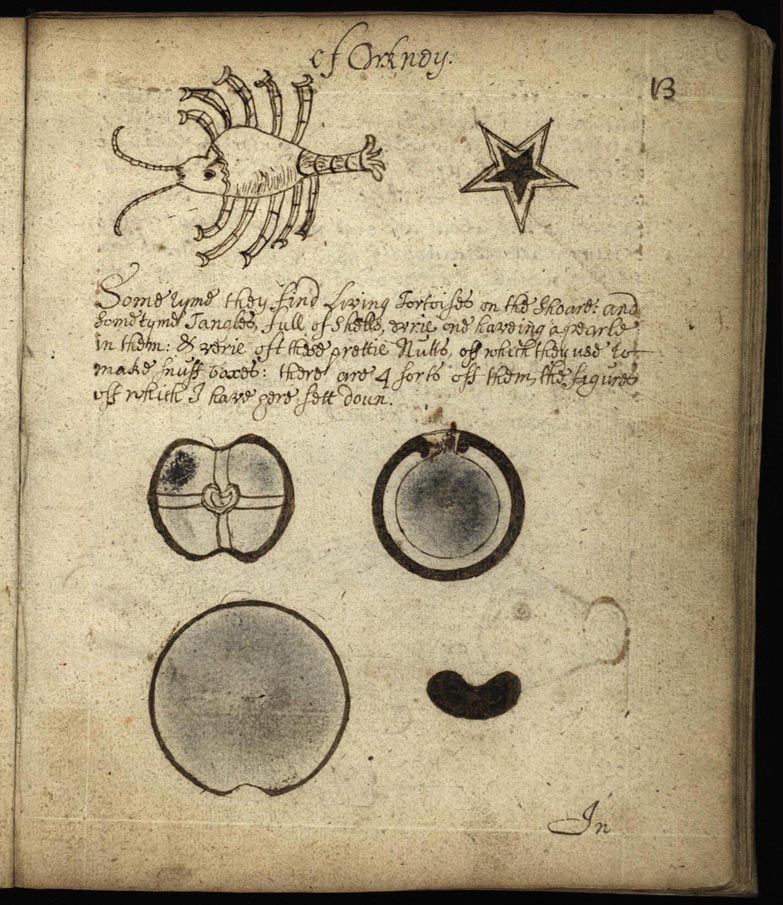
These fairy eggs were used as amulets against drowning by sailors in the Hebrides and as amulets for childbirth by women, who passed them down to their daughters through generations. On various shorelines around the northern hemisphere where they washed up, they were carved out and used as snuff boxes, match boxes, lockets or rattles for children. If one was placed in a house, it protected the building from fire. Many cultures from northern lands considered the fairy eggs lucky and turned them into jewelry, binding them in silver or tin. In other places they were gathered and worn as protection from the evil eye, or used as folk medicine for diarrhea and dysentery and to cure sick cows.
Malcolm Campbell, Steward of Harries, told me, that some Weeks before my arrival there, all his Cows gave Blood instead of Milk, for several days together: one of the Neighbours told his Wife that this must be Witchcraft, and it would be easy to remove it, if she would but take the white Nut, call’d the Virgin Mary’s Nut and lay it in the Pail into which she was to milk the Cows. This advice she presently follow’d, and having milk’d one Cow into the Pale with the Nut in it, the Milk was all Blood, and the Nut chang’d its colour into dark brown: she used the Nut again, and all the Cows gave pure good Milk, which they ascribe to the Virtue of the Nut.
A Description of the Western Isles of Scotland, M. Martin
A few curious botanists took the fairy eggs and planted them. Some of the fairy eggs sprouted and grew. What grew was a plant unlike any found in Scotland or Norway–or anywhere in the north. If a fairy had ever created a tree, it very well may have looked like the gnarled, twisted, vine-like plant that grew. It was Entada gigas, also known as the monkey ladder tree, a legume that grows in Central America and the Caribbean. The fairy eggs are the seeds that grow in the longest seed pod in the world, up to six and a half feet long.
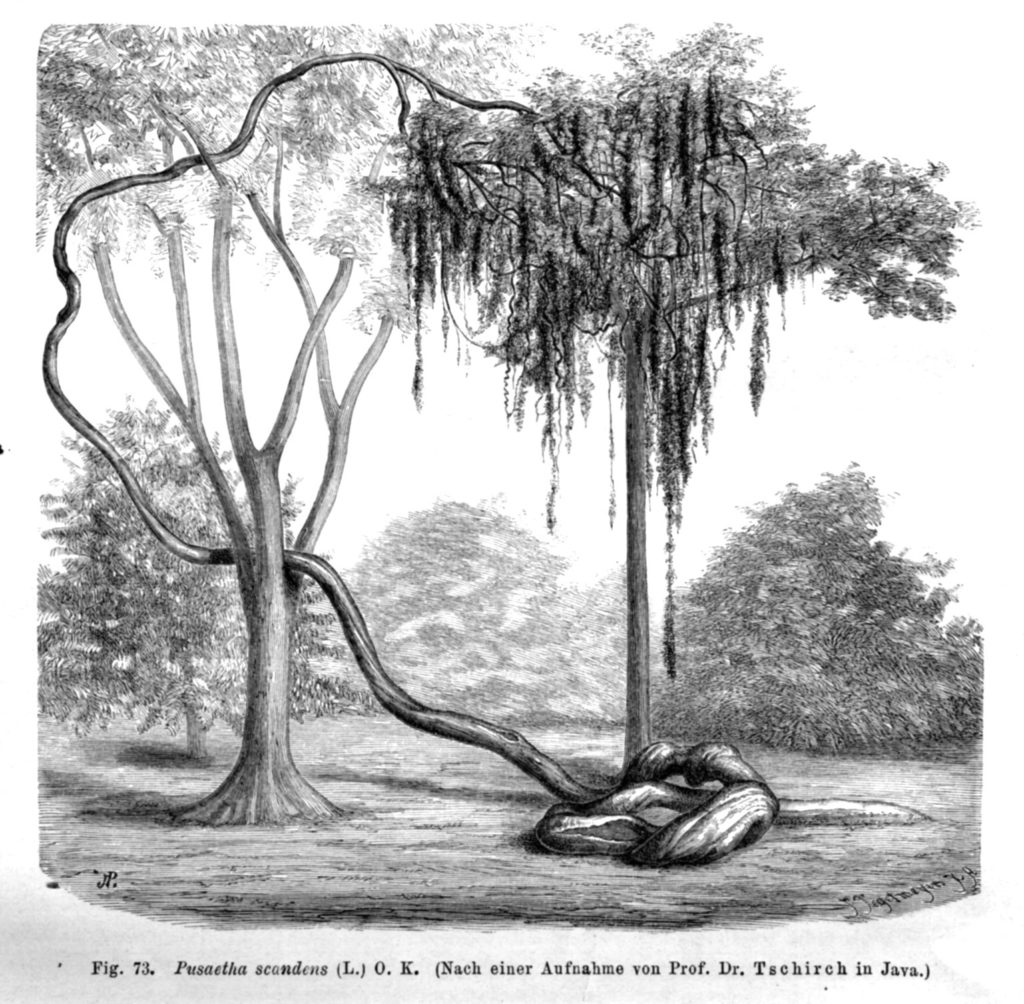
Although the seeds are large, they also happen to be very light and buoyant and can remain viable for up to two years floating around the seas. These sea-faring seeds helped illustrate the existence of the Gulf Stream to early scientists. A seed that falls in Central America may wash up on Orkney fifteen months later, propelled along by the Gulf Stream.
In fact, another name for the fairy eggs is drift seeds and as they have drifted north over hundreds of years and landed on shores from Finland to Scotland, they have gained a huge variety of vernacular names including sea heart, sea bean and sea kidney. In part of Finland it was known as ‘koutua’ (arise from the water) and ‘merenkivi’ (stone from the sea). The Sami had several names for the seeds including ‘guovde-geadgi’ (sea serpent stones) and in Norway, the seeds were called ‘lykkestein’ (lucky stone), among many others.
These large seeds have long been a familiar sight on wracklines in the north. One of the oldest references to them in literature has Heimdall stealing a ‘singasteinn’ (sea kidney) from Loki. Freya’s brisingamen necklace may have had the seed as the centerpiece, tying the goddess of fertility to the belief that the seed helped with childbirth.
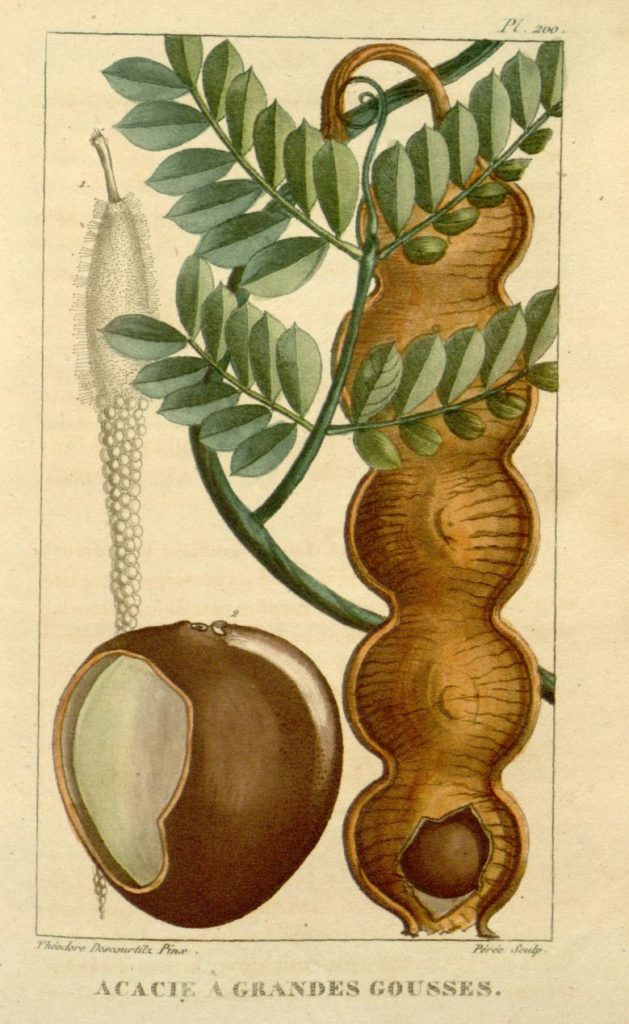
Resources:
Exotic Drift Seeds in Norway: Vernacular names, beliefs and uses
A Northern Charm: some popular uses of Sea-Beans
Sea Hearts

